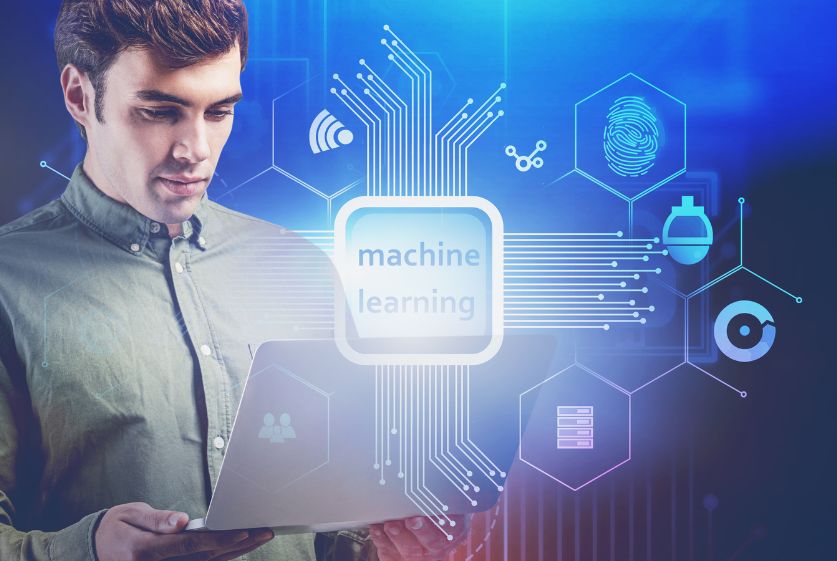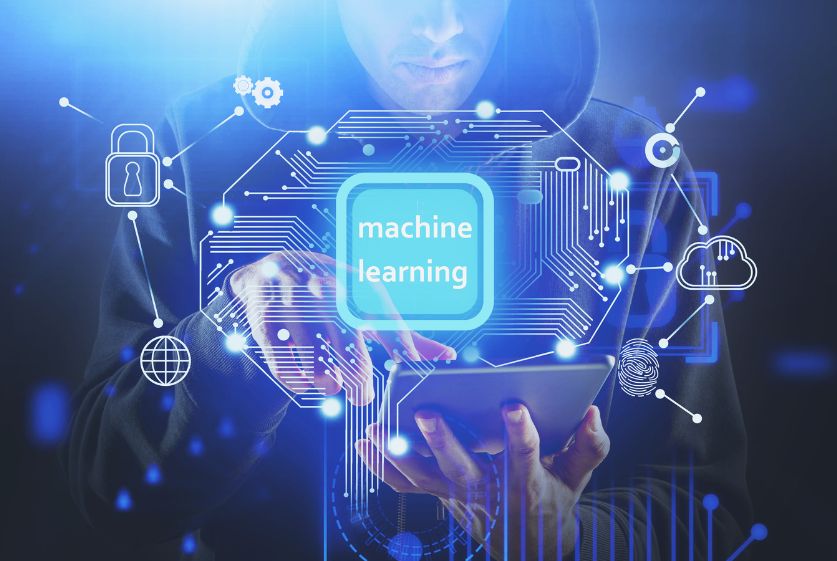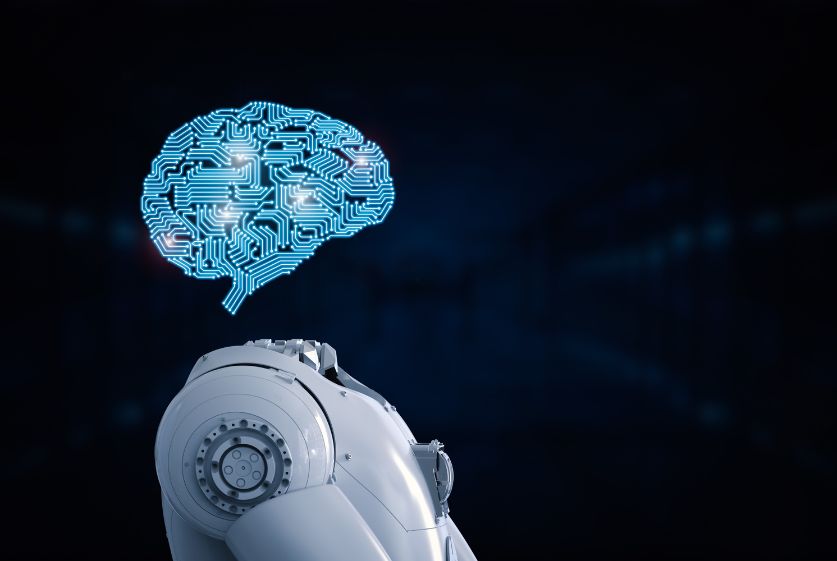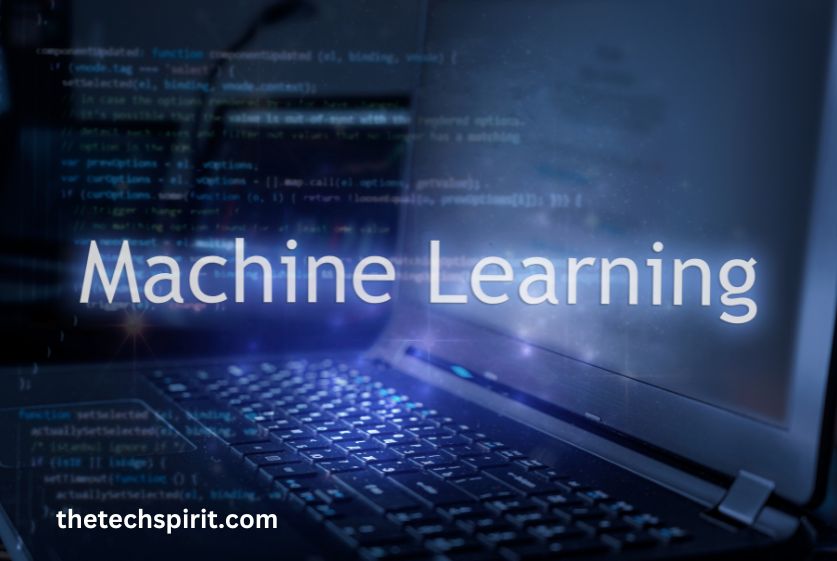Table of Contents
Introduction to Machine Learning
Machine learning (ML) has transformed many areas of technology and business, and networking is no exception. Machine Learning refers to an area of artificial intelligence where statistical models and algorithms are trained on data to make predictions, classifications, or decisions without being explicitly programmed to do so. As networks become more complex and dynamic, Machine Learning promises to bring new levels of automation, optimization, and insight.
In this article, we provide an overview of how Machine Learning techniques are being applied in various areas of computer networking and telecommunications. We begin with a high-level introduction to Machine Learning, then discuss some of the key applications of machine learning in networking, the types of models used, data collection and preprocessing, model training, challenges, and the future outlook for Machine Learning in networking.
What is Machine Learning?
Machine Learning is a subset of artificial intelligence that enables computers to learn patterns from data, without being explicitly programmed. The key element that distinguishes Machine Learning algorithms from traditional code is that instead of specifying precise step-by-step instructions, the logic is trained from examples. Machine Learning algorithms build statistical models and infer functions to make predictions on new data points.
As new data comes in, the models continue to learn and adapt without needing full reprogramming. This enables more flexibility and automation for handling complex, real-world situations.
Machine Learning has become popular given the vast growth in data and computational power.
How Does Machine Learning Work?
The first step in Machine Learning is to gather and prepare the data that will be used to train the models. Sufficient volume and quality of training data are required for the algorithms to learn meaningful patterns.

Once ready, the data is fed into the selected machine learning algorithm (e.g. neural networks, decision trees, etc.). There are various algorithms available, each with their strengths and weaknesses. The choice depends on the type of task and data.
The algorithms analyze the examples in the training dataset and make data-driven decisions to optimize a target variable. This builds a statistical model that captures the correlations and patterns in the data. The model can then be tested against new unseen data to evaluate its accuracy.
Over time, additional data allows the models to be retrained and improve their performance.
The end result is an AI model that can analyze new data and make intelligent decisions or predictions fully on its own, removing the need for explicit human-coded instructions.
Supervised, Unsupervised, and Reinforcement Learning
There are 3 main categories of machine learning:
- Supervised learning: The models are trained on labeled data, meaning input examples are paired with the desired outputs (ground truth). Common tasks include classification and regression, predicting categories or values.
- Unsupervised learning: The models work to detect patterns in data with no historical labels. Clustering algorithms that group unsorted information are a key example.
- Reinforcement learning (RL): The models are trained by dynamic experimentation, optimizing actions to maximize rewards. Trial-and-error interactions allow the system to learn behaviors based solely on external feedback.
Applications of Machine Learning in Networking
There is a wide range of networking challenges that machine learning can help address by detecting patterns, predicting future traffic, optimizing configurations, and automating manual tasks. We discuss some of the leading use cases next.

Network Traffic Prediction
The ability to accurately forecast short and long-term traffic patterns on links and network infrastructure is vital for proactive capacity planning, dynamic resource allocation, and service management.
Machine learning techniques like time series analysis, neural networks, and regression are well-suited for modeling traffic fluctuations and making data-driven predictions. This is done by training models on historical measurements of traffic.
Anomaly Detection
Machine learning methods can automatically learn the baseline patterns of normal network conditions and detect significant deviations that represent anomalies or cyber threats. By processing huge volumes of traffic data, models can identify anomalies much faster through pattern recognition versus relying solely on rules.
Algorithms like unsupervised clustering, neural networks, and support vector machines are used. This enables earlier threat detection and mitigation. Models can also find hardware issues, misconfigurations, congestion hotspots, and more.
Network Optimization
Optimizing dynamic network infrastructure for efficiency is complex, from routing and load balancing to power usage and QoS configuration. Machine Learning can learn from traffic patterns and demand forecasting to guide automated optimization of these parameters in real time.
Algorithms determine optimal configurations by estimating the impact on key metrics like latency, throughput, link utilization, and operational expense. This brings more intelligence for network optimization at scale.
Automated Network Management
Many network management tasks are still manual and resource-intensive, like troubleshooting, upgrading firmware, audits, policy changes, and inventory management across switches/routers. Machine Learning promises to automate significant portions of this work.
Algorithms can analyze device configs, changes, logs, and alarms to detect issues, determine root causes, fix problems, and dynamically fine-tune systems – without needing human intervention. This reduces overhead and risks.
Machine Learning Models Used in Networking
We outline a few machine learning approaches commonly used in networking and their characteristics. There are general strengths/weaknesses of each, but performance is also dependent on the specific data and use case.

Neural Networks
Artificial neural networks enable very powerful pattern recognition capability. Inspired by biology, they contain interconnected nodes which process and transmit signals. Through training on massive datasets, neural nets learn complex relationships between inputs and outputs.
They can model nonlinear systems well and provide highly flexible function approximation. Various neural net architectures exist convolutional nets for computer vision, recurrent nets processing sequential data like text and speech, and deep neural networks that stack multiple layers for representation learning.
Support Vector Machines
Support vector machines are efficient for classification and regression tasks. They focus on finding optimal decision boundaries or hyperplanes that best separate classes in the feature space.
SVMs are effective at handling high dimensionality data and avoiding overfitting compared to other Machine Learning models because they target maximizing the margin distance between classes’ examples. They lack built-in feature learning of neural networks.
Decision Trees
Decision trees offer an intuitive machine-learning approach that uses a tree-like graph to model decisions and outcomes. They split the data repeatedly based on certain cutoff rules to segment it and arrive at clear conclusions.
Advantages include interpretability, the ability to handle categorical variables directly, and nonlinearity. They are prone to overfitting without proper regularization and don’t capture complex relationships as well as neural networks. Ensembles of trees (random forests, gradient boosting) tend to perform better.
Ensemble Models
Ensembles combine multiple machine-learning models to improve stability and accuracy over a single estimator. Meta-algorithms for boosting weak learners, bagging, and model averaging are used.
Networking applications use ensembles like random forests and gradient-boosting trees frequently due to their high performance, even with tabular and multivariate data. Ensembles lose some interpretability versus individual decision trees.
Data Collection and Preprocessing
To train and operationalize Machine Learning models for networking tasks, quality data pipelines need to be built first.
Data Sources
Many internal sources exist device configs/states, traffic flow records, SNMP, logs, ticketing systems, user/entity behavior analytics, manuals, etc. External data like threat intelligence feeds can also be integrated.

Another approach is to use network packet brokers to aggregate traffic from across the infrastructure to feed into a unified analytics platform. Dedicated network visibility solutions provide enhanced processing, speed, storage, and visualization.
Feature Engineering
Collected raw data must be transformed into representative features that ML models can analyze. Domain expertise in networking is critical to engineer informative, decoupled signals.
Feature extraction, ranking, normalization, shaping, and dimensionality reduction are required so algorithms can learn effectively. This involves both art and science.
Data Labelling
For supervised learning models which map examples to outcomes, quality labeling is essential. Strategies like human annotation, simulations, heuristics, conformity to benchmarks, and data programming can be used to assign labels at scale.
Tools that speed up labeling will maximize the learning signal while minimizing cost and noise. Active learning also optimizes the labeling effort by identifying informative subsets. Data validation ensures quality.
Training Machine Learning Models for Networks
Once data pipelines are established, the next phase is model development and deployment. We discuss key aspects of the model-building process.

Model Selection
With many machine learning algorithms to choose from, model selection is an empirical process guided by the data characteristics and use case requirements.
Trying multiple approaches and comparing performance metrics identifies the best foundation, before tweaking architecture and hyperparameters. Combined models often win.
Hyperparameter Tuning
All Machine Learning models have hyperparameters – the knobs which control model complexity, learning rates, regularization, etc. Setting optimal hyperparameters is crucial to maximize predictive capability and avoid overfitting.
Grid search, random search, and Bayesian optimization are used to find the ideal settings. Evaluation must be done through cross-validation with a holdout set, to prevent data leakage.
Model Evaluation Metrics
Tracking the right metrics is vital to tuning models and quantifying real-world viability. Beyond overall accuracy, context-specific success metrics should be monitored, plus confidence intervals, confusion matrices, gradient distributions, data drift, and other checks should be monitored.
Performance minimums must be set for the system to reach before operationalization. The evaluation approach should match the end goals.
Challenges of Using Machine Learning in Networks
While machine learning brings many opportunities, there are also important challenges surrounding model reliability, trust, and practical implementation.
Model Interpretability
Complex models like neural networks and ensembles have limited transparency – it’s hard to explain their internal logic and predictions. This lack of interpretability makes it difficult to troubleshoot or ensure fairness.
Simpler, more explainable models are preferred for many applications. New methods also try to analyze model decision-making after the fact.
Data Privacy and Security
Network traffic data contains highly sensitive user, device, and application information which raises data governance, anonymity, and cybersecurity challenges with capturing, storing and processing this data.

Particular care must be taken with encryption, access controls, compliance audits, and policies to prevent misuse or breaches throughout the machine learning pipeline.
Model Accuracy
Network environments keep evolving, so models trained on historical data may lose accuracy over time as conditions and behaviors change. Continuously retraining models on fresh data is important but adds overhead.
Tuning model hyperparameters and ensemble approaches help. However “model drift” remains an inherent challenge, requiring monitoring and adaptation.
Integration With Legacy Systems
For networking use cases, Machine Learning models usually can’t operate in isolation. Instead, they need to interface with supporting analytics systems, monitoring tools, SDN controllers, NMS platforms, etc. Much work lies in integrating the technology.
Future Outlook
While machine learning adoption in networking is still maturing, we discuss a few developments on the horizon.
Advances in Machine Learning Models
Ongoing research around graph neural networks and deep reinforcement learning holds promise for tackling dynamic, stateful network challenges even better. Transfer learning should also reduce data needs.
Multi-task models and model compression will enable embedding intelligence in resource-constrained network devices directly. Ensemble approaches boost accuracy as well. The future is bright for more capable and efficient models.
Edge Computing
Pushing ML model execution from centralized data centers directly onto networking gear at enterprise edge locations lets you tap local data sources, reduce transmission loads, cut latency, and improve privacy.
SmartNICs, mobile edge computing, and innovations in silicon will drive this transition – it’s a major architectural shift.
Network Automation
ML advancements will accelerate the adoption of intent-based networking. Rather than manually configuring policies and devices, machine learning translation engines will automatically map business intents into technical enforcement specifics across the infrastructure.
The bigger vision is fully automated, self-driving networks that dynamically optimize themselves – self-configuration, monitoring, Rectification, and evolution. This will greatly simplify operations.
Conclusion
Machine learning is gaining strong momentum in powering the next generation of intelligent network management, control, and security systems. As models and data quality improve over time, ML promises to bring new levels of automation, insight, and real-time optimization.
Challenges still exist around model governance, evolving conditions, and practical integration – but the future is undoubtedly bright.
FAQs
What are the benefits of using machine learning in networks?
Key benefits include automated traffic forecasting, increased efficiency through optimization, faster threat detection via anomaly recognition, reduced manual tasks through intelligent automation, and overall improved agility and scalability.
What kinds of data are required to train Machine Learning models for networks?
High-quality data is crucial. This includes traffic statistics, device configs, routing tables, logs, alarms, packet captures, network topology, and protocol state machines. Both static and temporal/sequential data.
What risks exist when applying ML to network data?
Main risks are data privacy issues given sensitive user information in traffic, model bias leading to unfair policy decisions, loss of control/transparency into system behavior, and integration challenges with the multidomain network environment.
Is machine learning in networking a passing fad?
No – ML has clearly demonstrated significant value across industries, and networking applications are now maturing rapidly. Mainstream adoption is growing due to automation demands, 5G, edge computing, and advances in AI. Careful governance is still needed.
What skills are required to leverage machine learning in networks?
Cross-disciplinary expertise in networking, software engineering, data science, statistics, and ML ops. Understanding telecom protocols, infrastructure, and applications is equally important as AI coding skills to develop impactful solutions.









